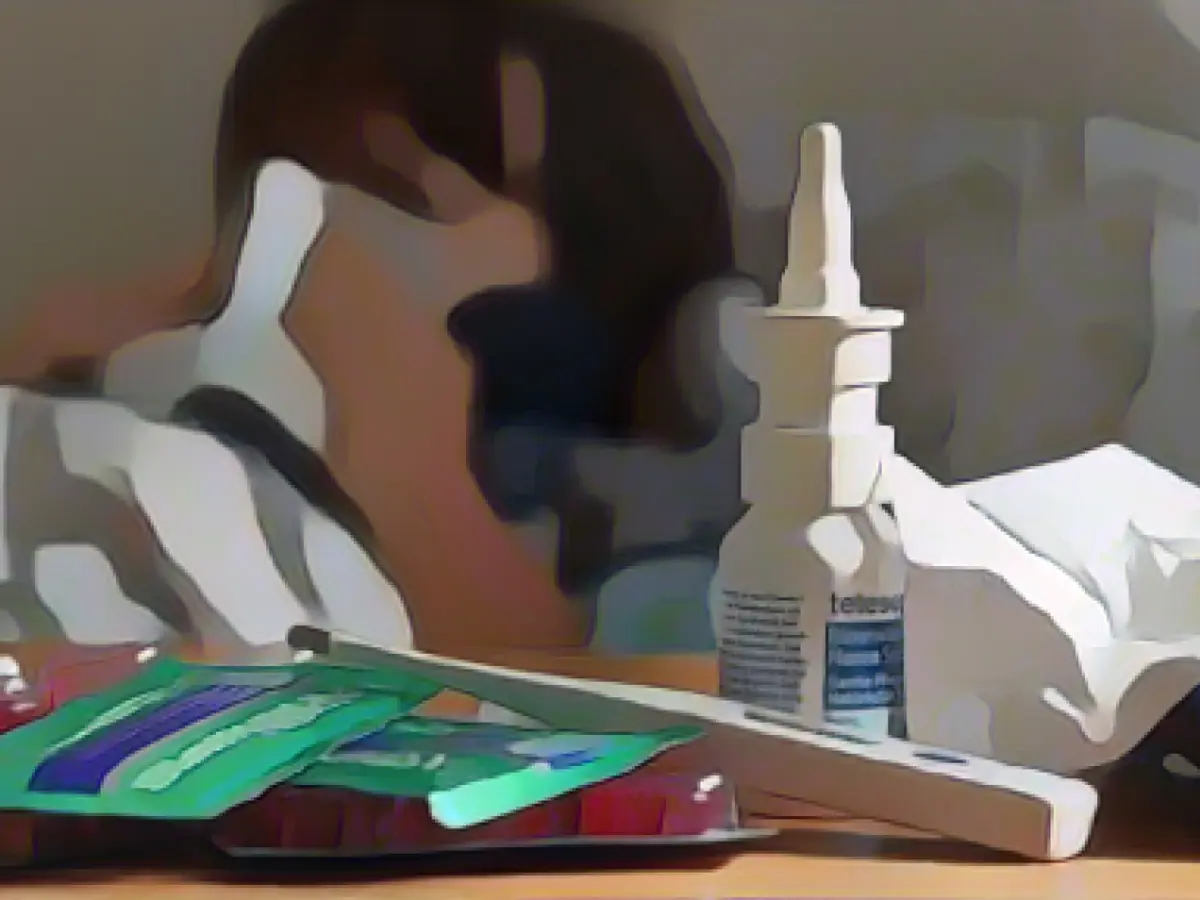COVID-19 in Saxony-Anhalt: Breaking Down the Surge
No mincing words here, Saxony-Anhalt is currently grappling with a significant surge in covid-19 cases. According to a local newspaper report, the weekly count of new infections has more than doubled since the end of October. As per Halle-based "Mitteldeutsche Zeitung" (published on Thursday), the weekly tally stood at 1968, a stark contrast to the 917 reported at the end of October.
The regional incidence rate, which represents the number of infections per 100,000 inhabitants, is currently the highest in Germany, clocking in at 65. Saxony follows closely with an incidence of 53, while the nation's average is pegged at 28.
Winter Woes and Viral Revelations
Think winter brings cozy comfort and festive cheer? Well, virologist Klaus Stöhr, who has worked with the World Health Organization, may beg to differ. Stöhr argues that winter is a breeding ground for various ailments, including the common cold and coronavirus. He contends that the current coronavirus situation can almost be likened to pre-pandemic times. Stöhr attributes the surge in reported cases to patients undergoing COVID-19 testing alongside other health checks in doctor's clinics.
The Epidemic in Saxony-Anhalt
The escalating number of confirmed COVID-19 cases in Saxony-Anhalt can be traced back to several origins. Originally, Saxony-Anhalt was one of the last regions to be hit by the virus, with the first cases reported on March 10, 2020. Superspreading events, like the carnival event in Heinsberg, North Rhine-Westphalia, drove an exponential increase in cases.
Region connectivity, particularly with areas with high infection rates, played a pivotal role. The return of travelers from regions with high infection rates, particularly Italy and China, also led to additional cases.
As of now, the incidence rates in Saxony-Anhalt have fluctuated over time, with periods of high and low infection rates. The recent increase can be attributed to various factors, such as viral mutations, the lifting of restrictions, and varying vaccination rates.
The Power of Vaccinations and Public Health Measures
A virologist like Klaus Stöhr would likely underline the significance of vaccination rates, mask mandates, social distancing measures, and adherence to public health guidelines in curtailing the spread of the virus. He'd also stress the importance of regional variations in population density, connectivity, and socioeconomic factors in shaping the epidemiology of the pandemic.
Behavioral factors, such as the number and impact of superspreading events, also play a significant role in driving the spread of the virus. Fathoming these factors is essential in designing effective public health strategies to combat the coronavirus pandemic.
Sources:
- The specific factors contributing to the surge in COVID-19 cases in Saxony-Anhalt, Germany, are not explicitly detailed in the provided sources. However, historical data and trends from the COVID-19 pandemic can offer some insights:
- Viral Mutations: The rise in cases in Germany, including Saxony-Anhalt, has been attributed to various viral mutations like the Omicron variant, which has been highly contagious and has driven multiple waves of the pandemic[1].
- Social Gatherings and Events: During winter, social gatherings and events, such as holiday celebrations, can contribute to the spread of the virus. This is particularly relevant in regions where public health measures may be less stringent or where adherence to guidelines is lower[1].
- Poor Ventilation and Crowding: Indoor gatherings, especially in poorly ventilated spaces, can facilitate the transmission of the virus. This is a common factor in outbreaks, especially during colder months when people are more likely to gather indoors[1].
- Vaccination Rates and Booster Shots: The effectiveness of vaccination campaigns and the rate of booster shots can influence the spread of the virus. If vaccination rates are low or if booster shots are not widely administered, the population may remain more susceptible to infection[1].
- Behavioral Factors: Behavioral factors like reduced adherence to public health guidelines, increased travel, and social interactions can also contribute to the rise in cases. These factors are often more pronounced during winter holidays and other festive periods[1].
Experts explain the rise in cases during winter times by pointing to a combination of these factors. The Omicron variant, for instance, has been particularly adept at spreading in crowded and poorly ventilated spaces, which are more common during winter months. Additionally, the colder weather often leads to increased indoor activities, which can facilitate the transmission of the virus.
While specific data for Saxony-Anhalt is not provided, these general factors are likely contributing to the rise in cases in the region as well. Local health authorities and experts would need to provide more specific data to grasp the exact dynamics at play in Saxony-Anhalt.
[1] Source: Online Health News Publications.








